Anytime a farm tour meets at a distillery, that bodes well. I boarded a Maui Pineapple Tours bus the corrugated metal building that houses Hali’imaile Distilling Company. We navigated bumpy dirt roads to nearby fields that have Haleakalā as a backdrop. Longtime guide Stephen Potter led an informative, entertaining tour that lasted 90 minutes. This is only pineapple operation and tour in the United States, and it’s worth seeking.
To end 2009, Pineapple Maui went out of business. A few months later, Maui Gold revived operations and now owns 1500 acres, planting 30 acres at a time. “Like most things in Hawaii, the Pineapple did not start here.” Potter said that pineapple originated in Brazil. It takes 18-24 months to grow pineapples on a stalk, same as sugar cane. Pineapples need two feet of well-drained soil, daytime temperature of 70-90 and sun to thrive.

Flowering pineapples buzzed with bees. Red flowers give way to crowns, which eventually yield about 120 fruitlets.
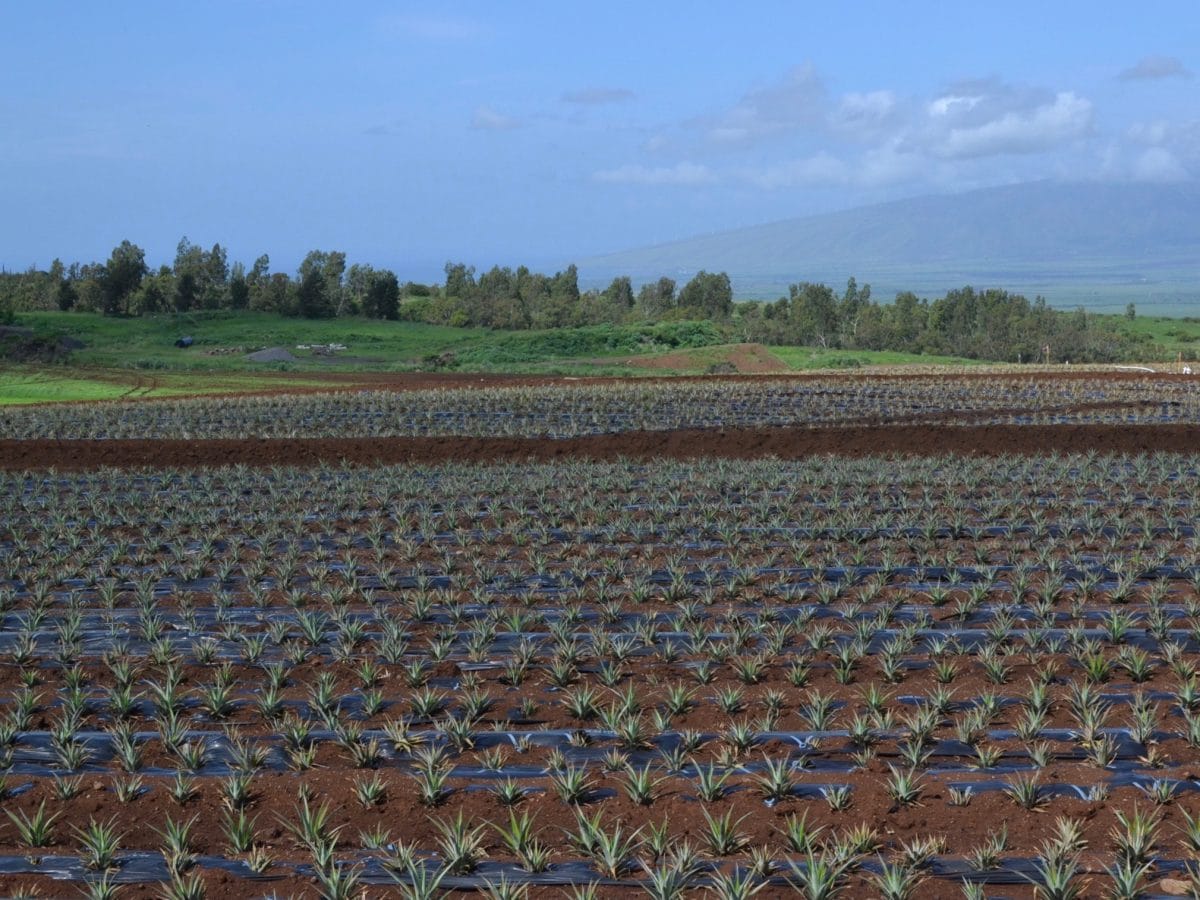
A machine makes rows and valleys, sprays, lays down drip irrigation line (thin black tubing) and covers rows with carbon mulch to keep soil warm and moist. What looks like a garbage truck fires crowns into fields. Planters can earn $40/hour if they plant 6,000 crowns in a day.
Pineapple doesn’t ripen after picked. Solid gold pineapple has no shelf life, because it’s so ripe. Potter joked, “If it was any riper, I’d have to check IDs.” I gravitated toward gold, since you would never find pineapple that ripe and sweet on the mainland. Pineapples with a little green and gold go to the mainland. Half green and gold go to Hawaiians. I was glad to hear that excess pineapples go to people in nursing homes and shelters.
To check if a pineapple is ripe, hit the fruit with your finger. If the fruit sounds hollow, it’s still good. Get a thump and the pineapple’s deteriorating.
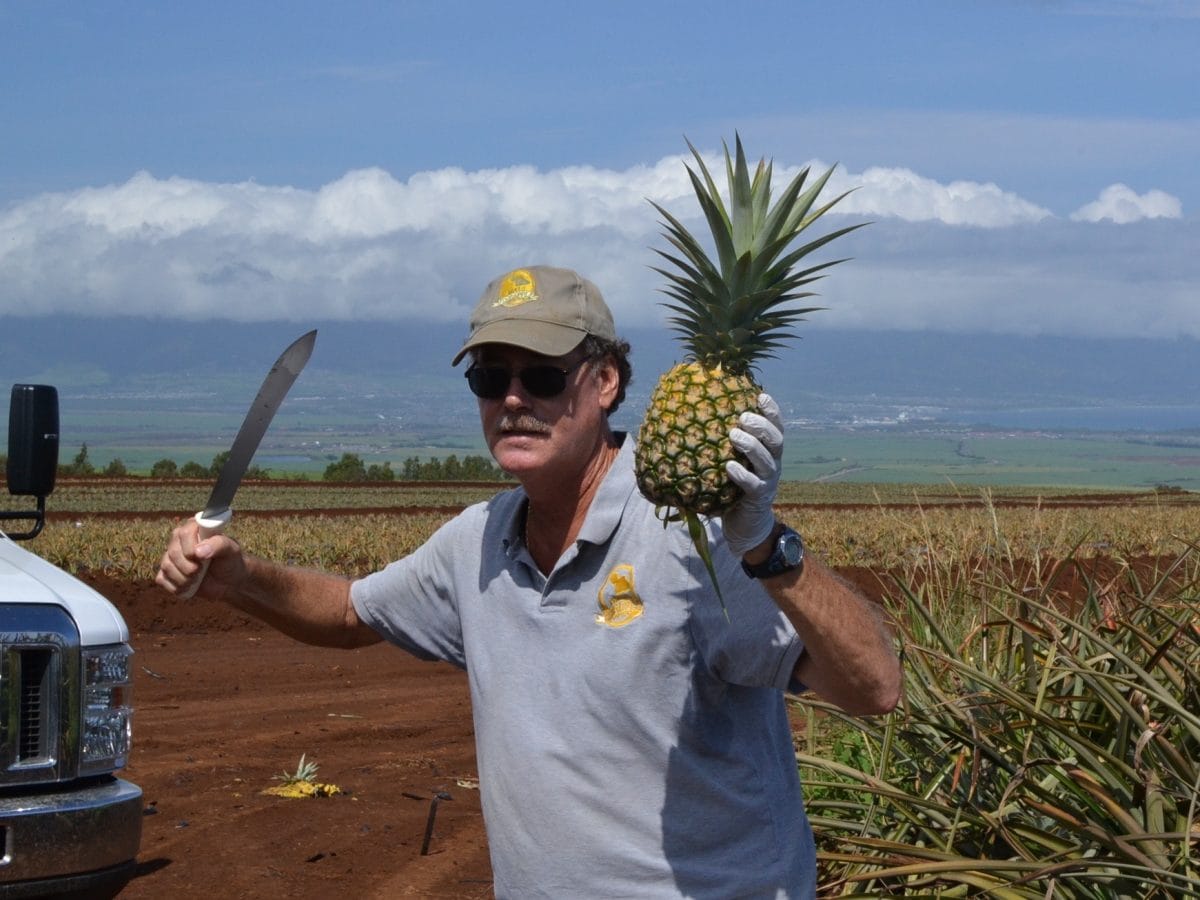
As part of the tour, enjoy all you eat pineapple in the fields. The greener the fruit, the more acidity you’ll taste.
Potter said that smaller pineapples are sweeter because the plant produces the same number of starches in smaller package. In general, pineapple carries three times as much Vitamin C as an orange, Mangalese and Bromolain to soothes your joints and back, and properties that are good for wrinkles.
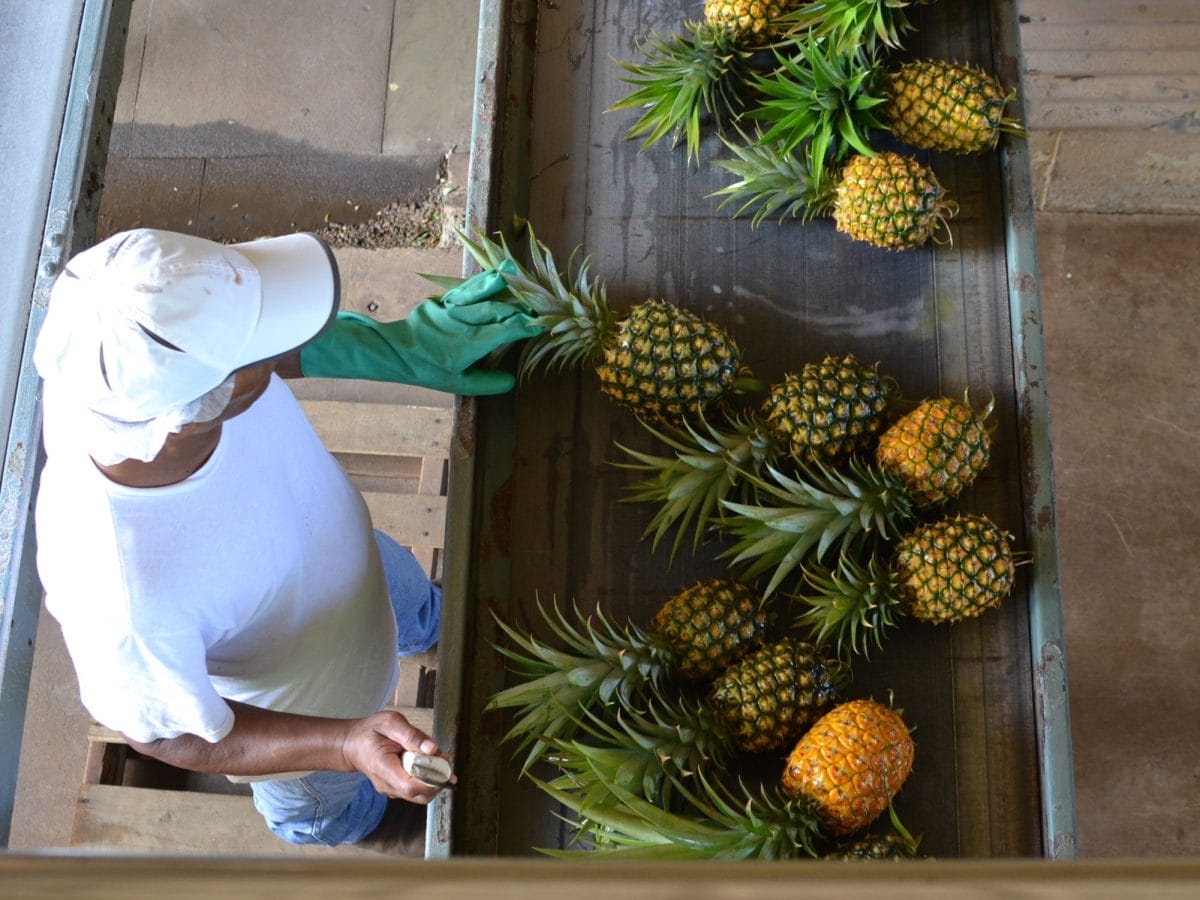
After roaming the fields, I visited the packing house. Each wooden crate is considered a batch and holds 2.5 tons of pineapple. Each truck carries two crates.
The old company used bleach in water, which killed bacteria, but rendered water useless. Maui Gold uses ozone and is able to reuse the rinsing water.
The old company used petroleum based wax to seal in each pineapple’s carbon dioxide and extend shelf-life. The new company uses vegetable based wax.
A lab in the packing house tests pineapple acidity. As long as pineapple readings don’t exceed 20%, the fruit’s good to go.
After pineapples are sorted by color, the fruit’s kept at 50 degrees in a massive refrigerator that’s piped with ozone to keep bacteria from forming.

Keep a free pineapple as a souvenir from every tour.
Better yet: the Pineapple Express deposits you back at Hali’imaile Distilling Company, which produces spirits using, you guessed it, pineapple. Bonus: they have a tasting room and pour free samples.

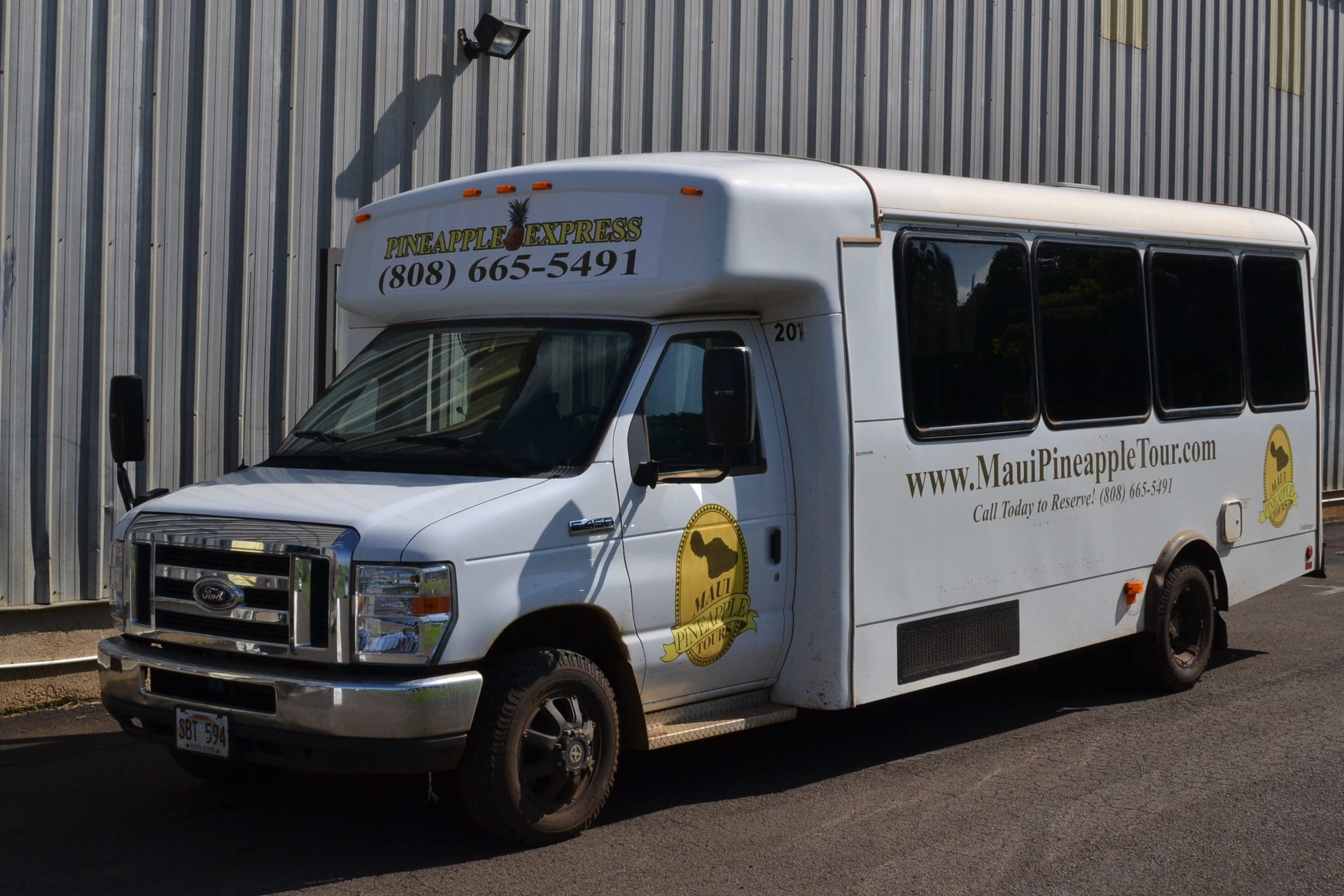
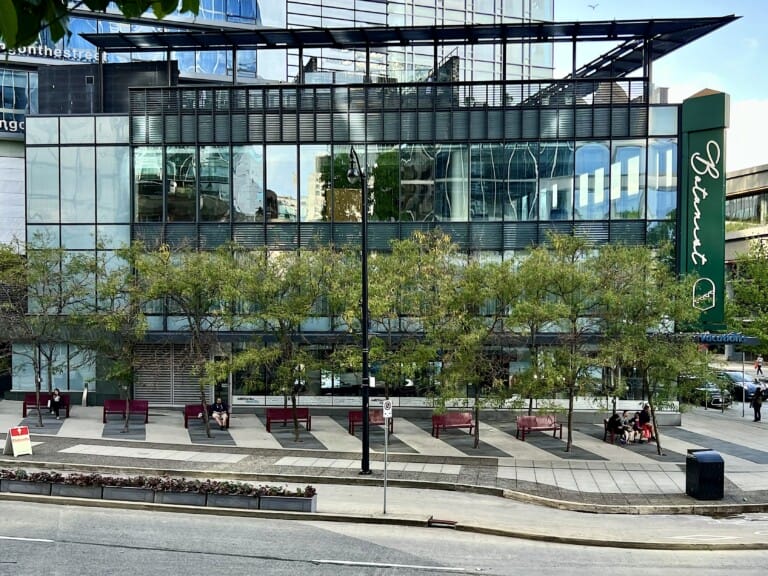
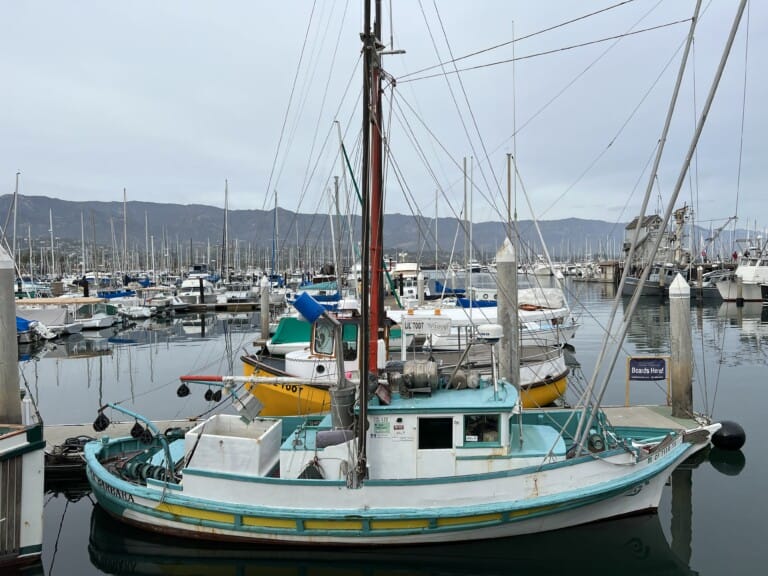





Leave a Comment